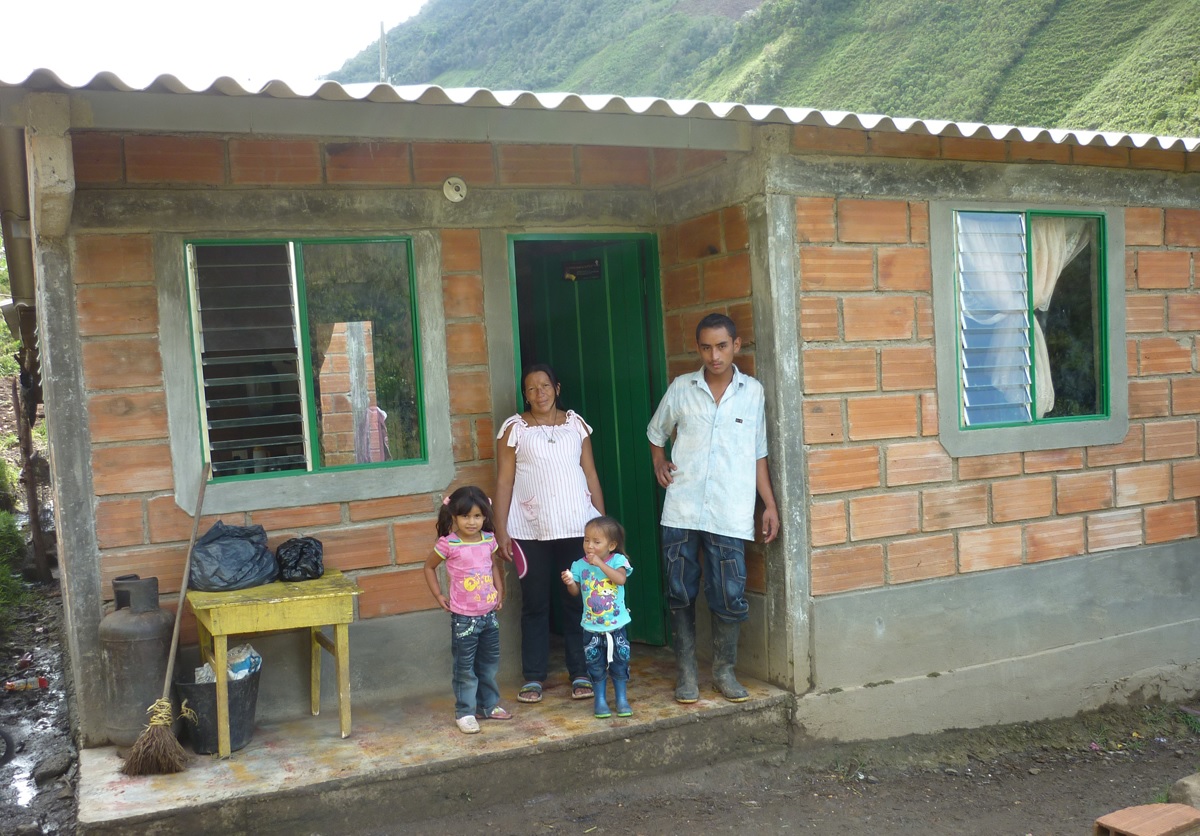RIO DE JANEIRO, BRAZIL – Even with some reduction compared to 2021, the share of the poor in the total number of Brazilians should end 2022 above what it was ten years ago, in 2012. A Tendências Consultoria study foresees that the participation of classes D/E in the total of Brazilian households should close the year at 50.7%. It represents a decrease compared to 2021 (when it was 51.3%), but still above half of the total and also higher than the 48.7% in 2012.
The consultancy’s long-term projections also indicate that it will take seven years, until 2028, to recover the level observed in 2014, 47%, the lowest in the survey’s historical series, which started in 1999.
The study considers as class D/E those households with monthly income up to R$2,900 (US$595) at November 2021 prices. The amount considers the resources available for the entire family. In other words, the larger the family, the lower the amount for each person in the household. Therefore, the group brings together the poor and the extremely poor, or the miserable, with an income closer to the lower limit of the income bracket of classes D and E.

The movement of the last decade reflects, according to the economist responsible for the study, Lucas Assis, the lasting effects of both the recession of 2015 and 2016 and the covid-19 pandemic. And even the permanent expansion of social transfers with the new Auxílio Brasil (Brazil Aid) will not be enough to ensure the drying up of the D/E classes in the short term, he says.
In the economist’s evaluation, social mobility in Brazil should be significantly reduced in the coming years, following a typical phenomenon of countries with high-income inequality.
“We foresee some reduction in the share of the poorest households in the country as a whole this year, but we will still end the year with a greater share than we had ten years ago. Today we are living the consequences of the recession in 2015 and 2016 and the pandemic. Brazil has faced two difficult moments in the last decade, and 2022 still presents great challenges.”
The poorest portion of the Brazilian population and the largest proportionally, the D/E class, strongly depends on social transfer programs as the source of its income, even though most of its resources come from work.
The Tendências study points out that a little less than half (47.1%) of the income comes from work, an equally important part (39%) comes from Social Security, with retirements, and 12.3% of the resources are from Auxílio Brasil (which replaced Bolsa Família – “Family Grant”) plus the Continuous Cash Benefit (BPC). The item others (1.7%) completes the list.
In comparison, income from work accounts for 90.8% of the resources in class C, while this share is only 24.8% in class A. In class A, three-quarters (74.8%) of the income comes from others, including capital gains with interest and dividends.
“The D/E class is the one that forms the base of the Brazilian population; it is the most economically vulnerable. It is a population with relevant participation of wages in its income, but depends greatly on social transfers,” explains Assis.
Currently, 18.02 million families are assisted by the Brazil Aid, which pays a benefit of R$400 per month and brings together different social policies, such as the Early Childhood and Extreme Poverty Overcoming benefits. But one aspect to be remembered is that the R$400 value is only guaranteed until December. The old Bolsa Família, the precursor of Auxílio Brasil, paid an average benefit of R$189. The Bolsonaro government has guaranteed an increase in the value, but it is temporary, approved only until the end of this year.
“The D/E class population had expressive protection with the emergency aid and then still received an additional round of the benefit in 2021. The Bolsa Família was reformulated and now we have the Auxílio Brasil. But even with the expansion of the transfer programs, we don’t see a reduction in the share of the poorest in the population. We will still have a very reduced social mobility in the next years”, says Assis, citing the still deteriorated conditions of the labor market and the unequal distribution of occupations and income among workers.
Despite the increase in the number of Brazilians classified as poor or extremely poor, not all the gains achieved in poverty reduction in the country until 2014 have been lost, argues the coordinator of the Social Policy Center of the Getulio Vargas Foundation (CPS/FGV), Marcelo Neri.
The economist says that despite the recent worsening of poverty indicators in the country – after what he calls the zigzag during the period of emergency aid payments – the portion of the extremely poor is lower than it was in the 2000s. He estimates that the slice of the Brazilian population in class E is around 13%, considering data from October 2021, a level classified as “worrying” but far from the more than 30% observed before the Real Plan.
“During the pandemic, there was a reduction in poverty between comings and goings because of emergency aid. When you look at the data after the aid period, there is an increase in poverty, but it is not back to what it was in 2003 or before the Real Plan. We have a level of 13%, which is higher than the 8% we reached in 2014 but much lower than the 34% before the Real. Some of the progress achieved then has been maintained,” he says.
The CPS/FGV classification separates classes D (poor) and E (extremely poor). The household income of class E varies between zero and R$1,429, considering March 2022 prices, while in class D, this value goes from R$ 1,429 to R$ 2,284. “This value considers the household income as a whole. In general, the poor and more vulnerable families are also more numerous,” explains Neri, pondering the influence of family size on the effective per capita income.
With information from Valor Econômico

